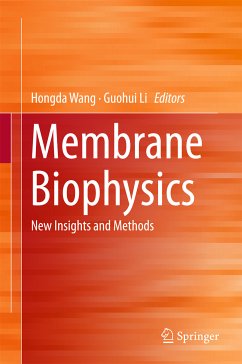This book highlights recent advances in and diverse techniques for exploring the plasma membrane's structure and function. It starts with two chapters reviewing the history of membrane research and listing recent advances regarding membrane structure, such as the semi-mosaic model for red blood cell membranes and the protein layer-lipid-protein island model for nucleated tissue cell membranes. It subsequently focuses on the localization and interactions of membrane components, dynamic processes of membrane transport and transmembrane signal transduction. Classic and cutting-edge techniques (e.g. high-resolution atomic force microscopy and super-resolution fluorescence microscopy) used in biophysics and chemistry are presented in a very comprehensive manner, making them useful and accessible to both researchers in the field and novices studying cell membranes. This book provides readers a deeper understanding of the plasma membrane's organization at the single molecule level and opens a new way to reveal the relationship between the membrane's structure and functions, making it essential reading for researchers in various fields.
Dieser Download kann aus rechtlichen Gründen nur mit Rechnungsadresse in A, B, BG, CY, CZ, D, DK, EW, E, FIN, F, GR, HR, H, IRL, I, LT, L, LR, M, NL, PL, P, R, S, SLO, SK ausgeliefert werden.









